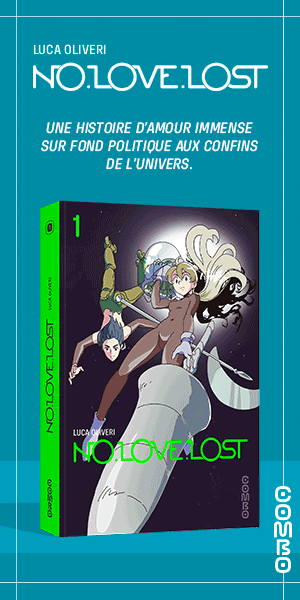The Sweetness of Lenormand
Extraits

Histoire de France
CRASH IN BAYEUX - The Last Flight of Sergeant Ferguson
09/2014

Histoire ancienne
THE ROMAN CAVALRY. From the First to the Third Century AD
01/1992
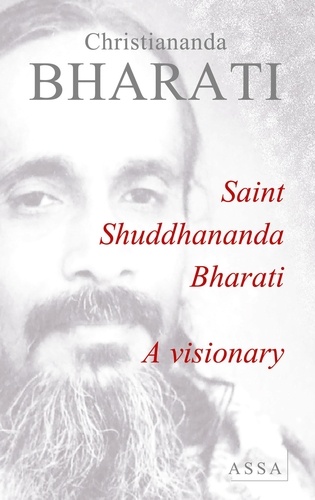
Littérature française
Saint Shuddhananda Bharati A visionary
11/2013
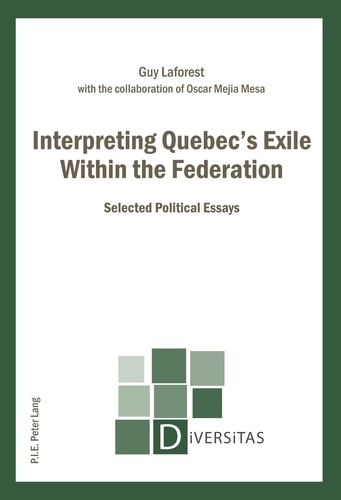
Philosophie
Interpreting Quebec’s Exile Within the Federation. Selected Political Essays
12/1986
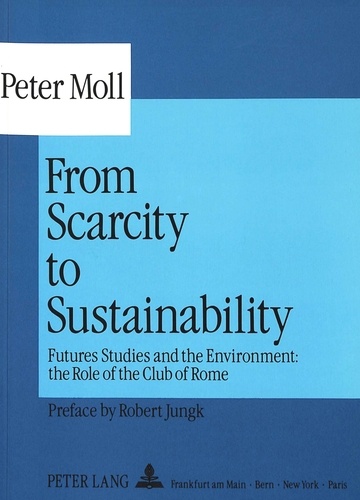
Non classé
From Scarcity to Sustainability
12/1991

Non classé
Read Ancient African scripts from any current African language. Volume 2
05/2020
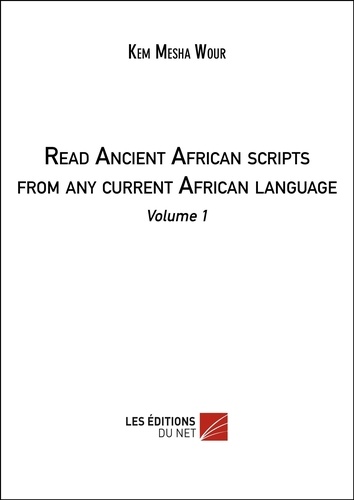
Non classé
Read Ancient African scripts from any current African language. Volume 1
05/2020
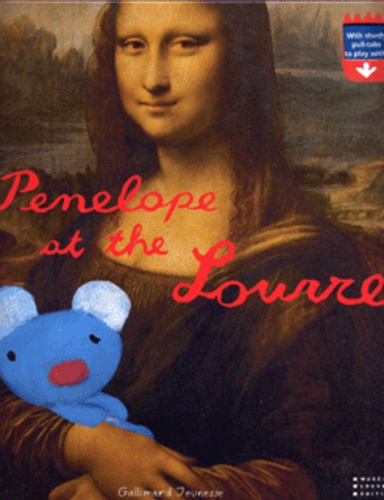
Livres 3 ans et +
Penelope at the Louvre
01/2009

Philosophie
Agencies of the Good in the Work of Iris Murdoch
10/1991
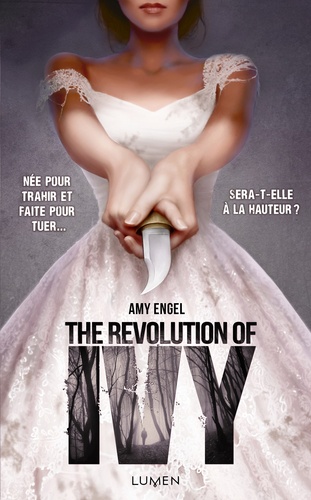
12 ans et +
The Book of Ivy Tome 2 : The Revolution of Ivy
11/2015

Non classé
Studies in Elizabethan Audience Response to the Theatre
02/1993
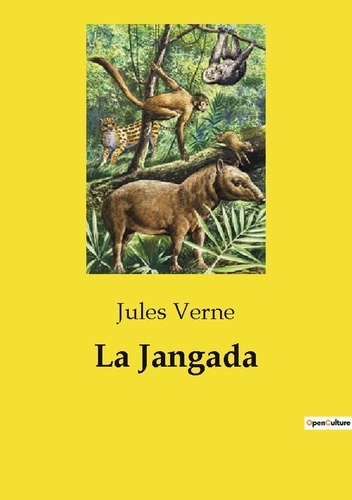
Littérature française
La jangada. .
06/1981
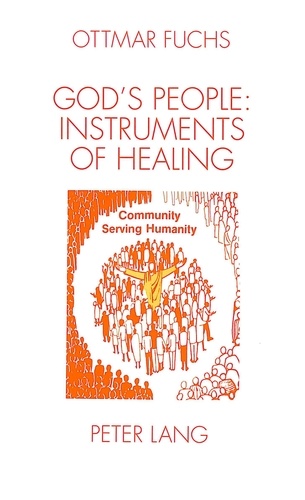
Religion
God's People: Instruments of Healing
07/1993
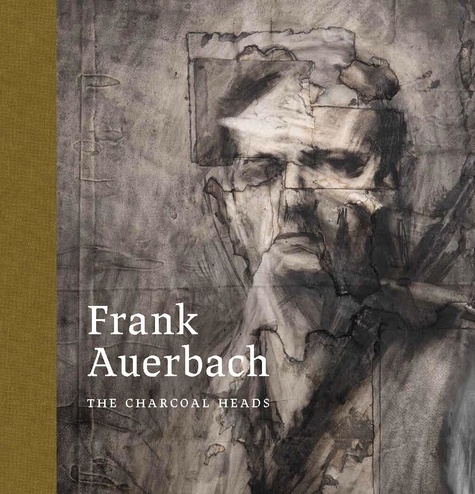
Mouvements artistiques
Frank Auerbach. The Charcoal Heads
03/2024
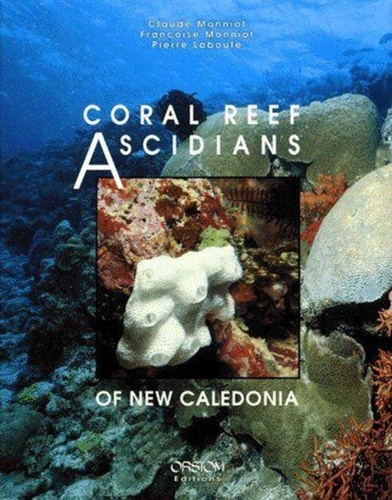
Sciences de la terre et de la
Coral reef ascidians of New Caledonia
08/1991
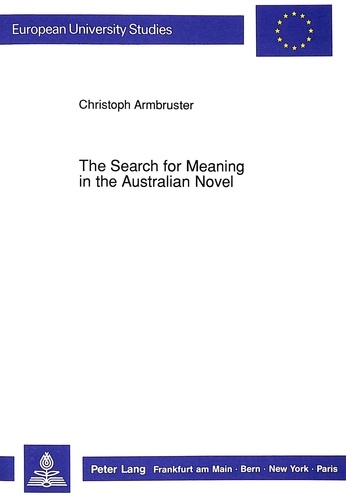
Sociologie
The Search for Meaning in the Australian Novel
10/1991
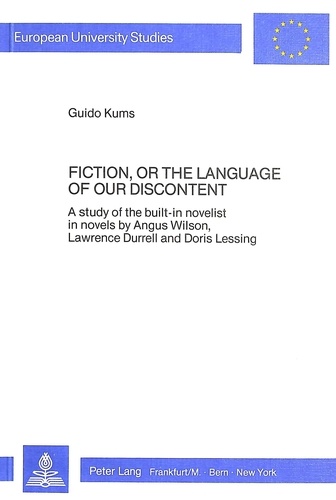
Non classé
Fiction, or the language of our discontent
12/1985
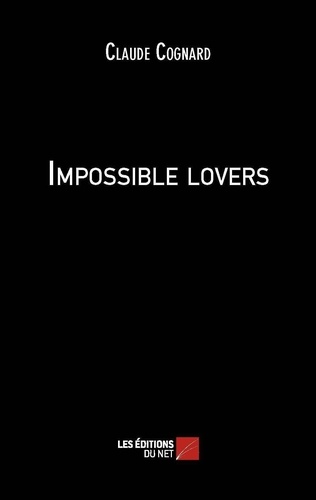
Théâtre
Impossible lovers
02/2013
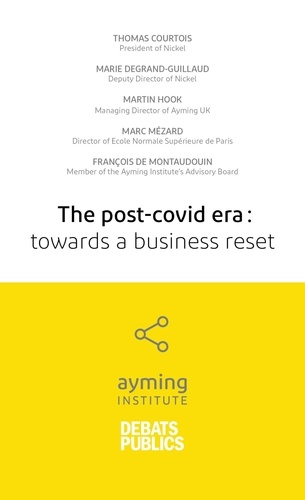
Actualité et médias
Performance post-crise
01/2021
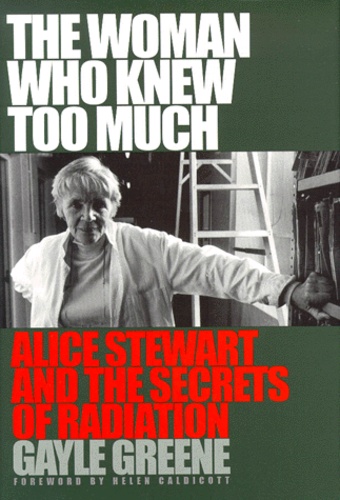
Histoire et Philosophiesophie
THE WOMAN WHO KNEW TOO MUCH. Alice Stewart and the secrets of radiation
02/2000

Monographies
Burmese Silver from the Colonial Period
09/2022

Sociologie
A Handbook of Global Citizenship Education. The Belgian perspective
01/2023
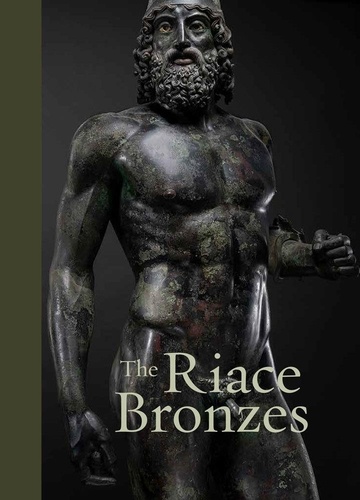
Sculpture
The Riace Bronzes
10/2022
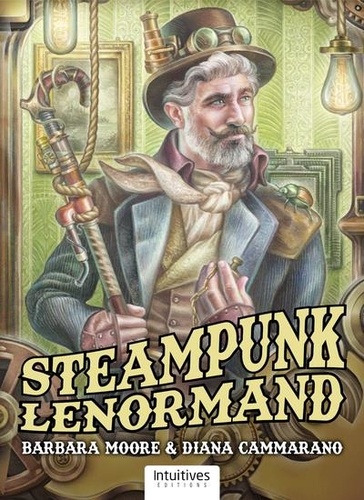
Arts divinatoires
Steampunk Lenormand. Avec 36 cartes
03/2022
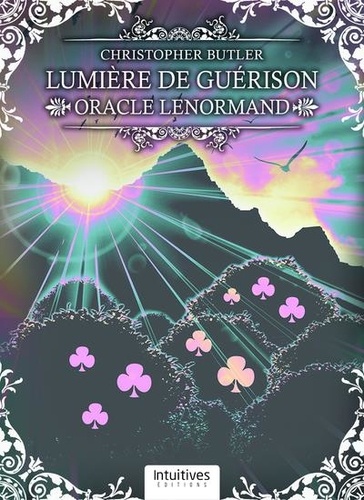
Arts divinatoires
Lumière du guérison. Oracle Lenormand
03/2022

Arts divinatoires
Le Grand Lenormand. Cartes oracle
11/2023
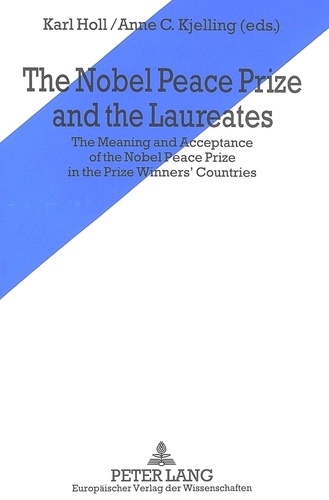
Non classé
The Nobel Peace Prize and the Laureates
05/1994
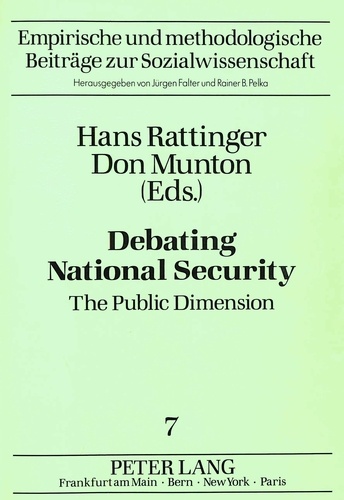
Non classé
Debating National Security
04/1991
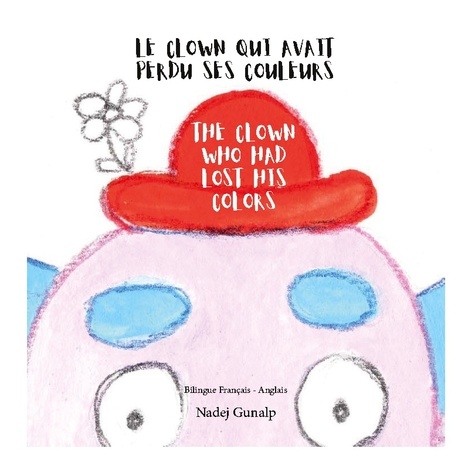
Autres éditeurs (A à E)
Le clown qui avait perdu ses couleurs. Edition bilingue français-anglais
07/2022
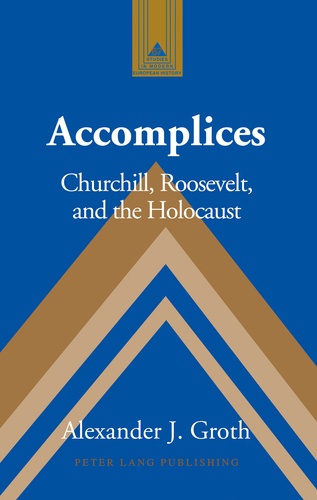
Histoire internationale
Accomplices
06/2011

